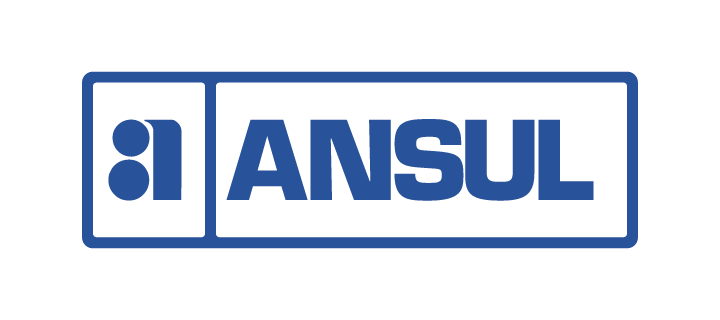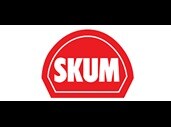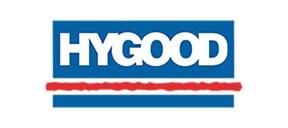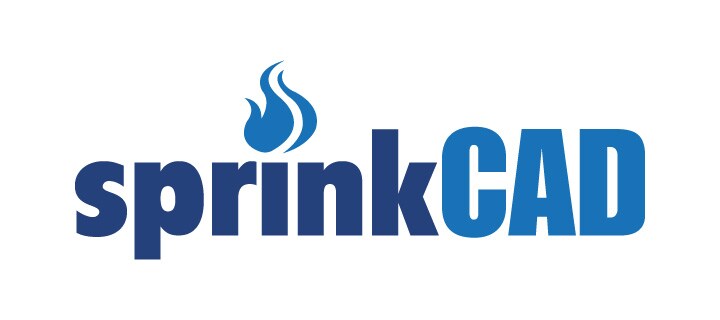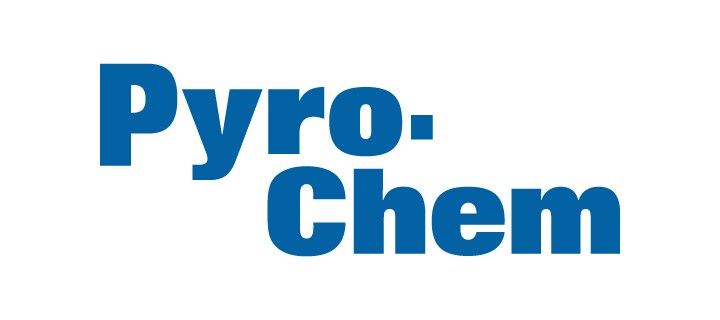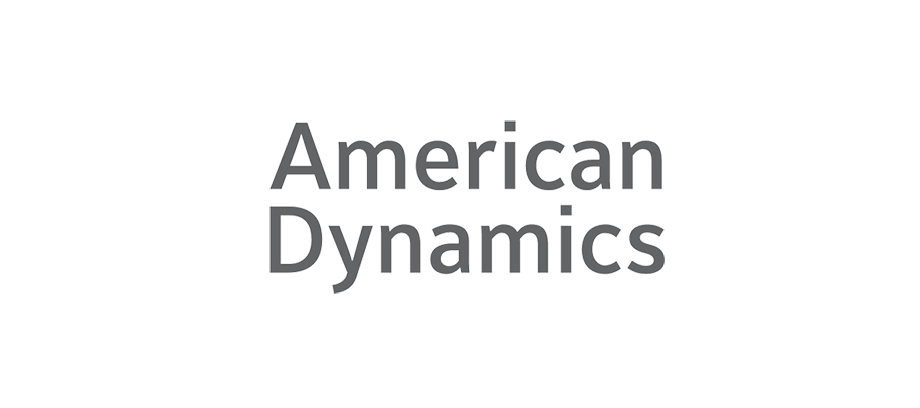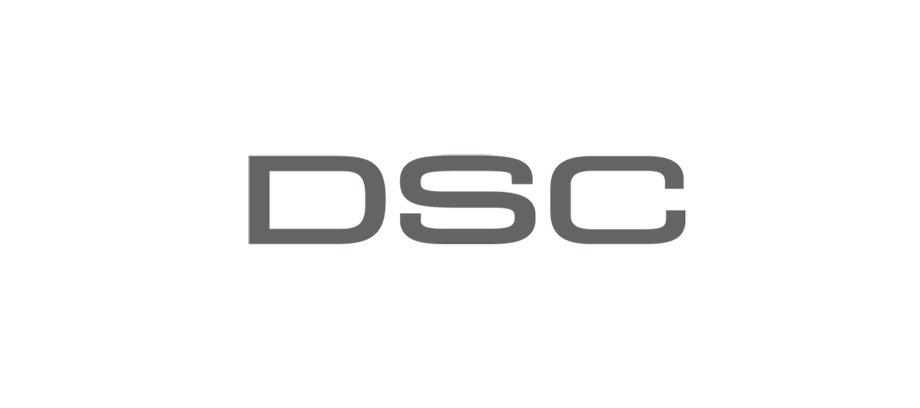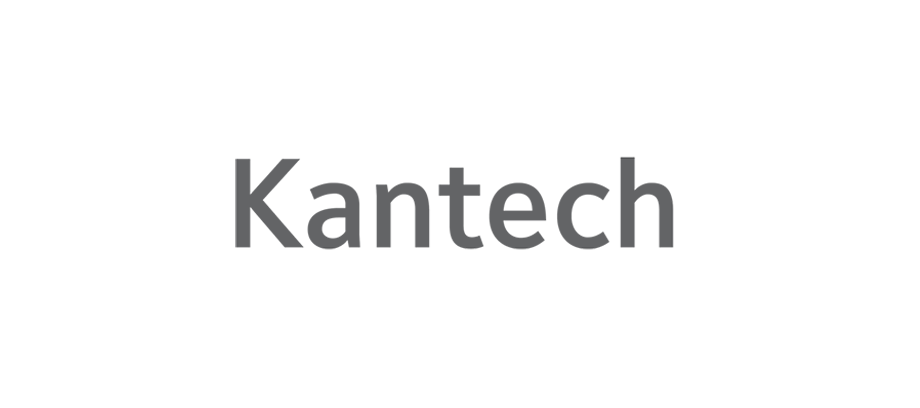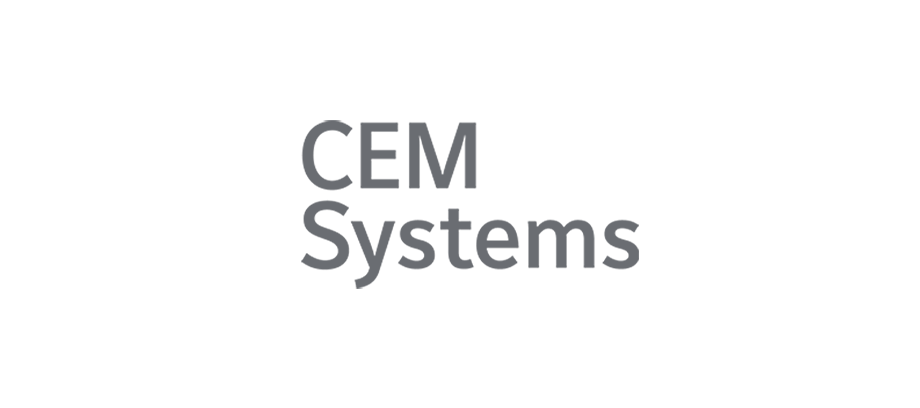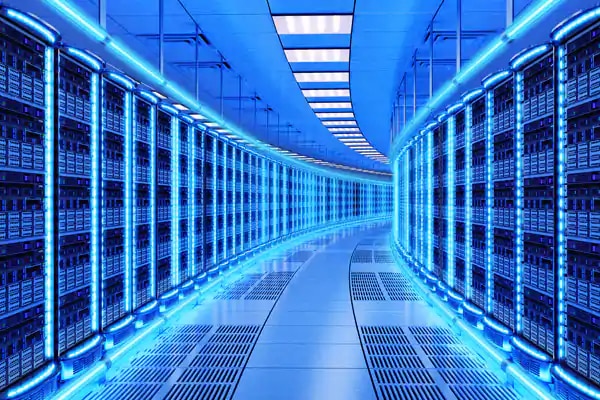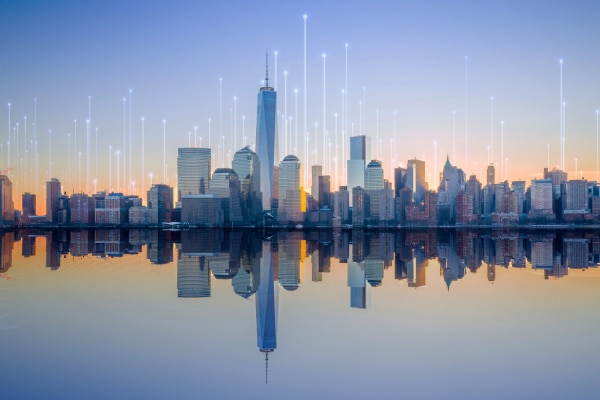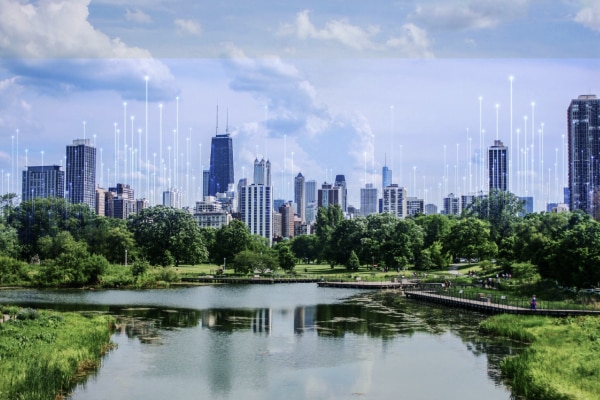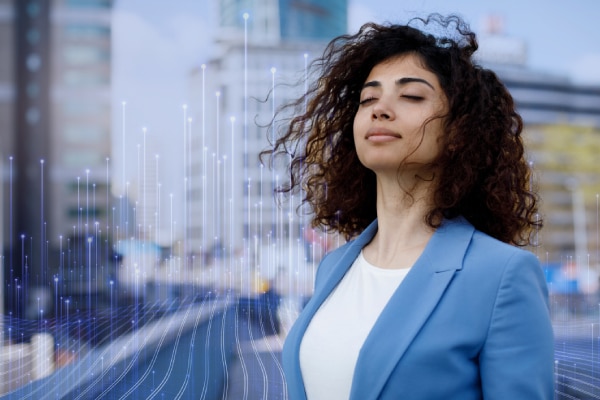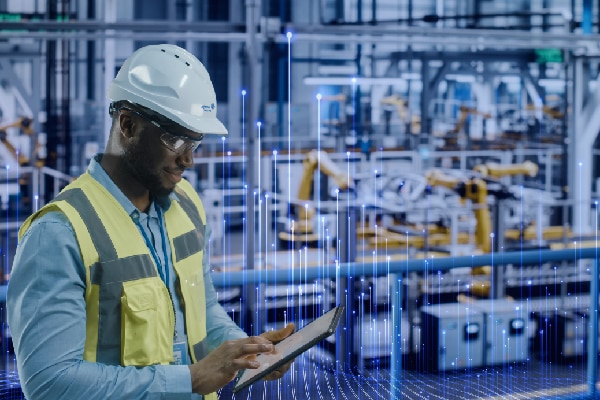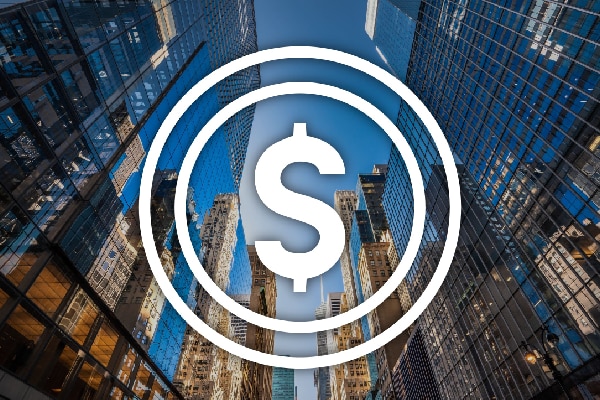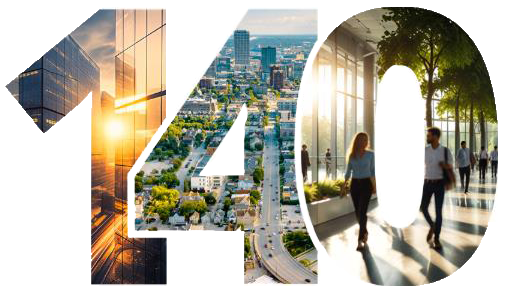- Johnson Controls
- Insights
- Museum of the Future - Dubai
Museum of the Future - Dubai
Designed to inspire us
The founders of this museum want us to find solutions to humanity’s greatest challenges.

About Museum of the Future
The Museum of the Future is extraordinary. Visitors to this Dubai attraction are encouraged to imagine a brighter future – instead of reflecting on the past. To inspire us, they’ve created a spectacular building that stands out even in a city that’s famous for its skyline.
Its circular form represents humanity and the void at the center symbolizes the unknown. The facade is made from more than 1,000 stainless steel panels and features quotes, rendered in calligraphy, from His Highness Sheikh Mohammed bin Rashid Al Maktoum, Vice President and Prime Minister of the UAE, and Ruler of Dubai.
Inside, the Museum is just as impressive. “The Museum’s primary objective is to inspire people to reimagine the future and empower them to shape it,” explains Khalfan Belhoul, Chief Executive Officer of the Dubai Future Foundation, the organization responsible for the Museum. “It achieves this through its ever-evolving content, which includes ongoing events and continually changing exhibitions.”
Challenges
This commitment to creating a better tomorrow is reflected in the design and construction of the building. The Museum’s founders wanted to showcase low-carbon best practices in line with the United Arab Emirate’s goal of achieving net zero emissions by 2050. That meant sustainability had to be built in.
Solutions
Passive design
The founders have taken advantage of the local climate and materials to minimize the Museum’s impact on the planet. The design of the building allows natural light to flood the interior, which reduces the need for electricity. And energy-efficient LED lighting illuminates the property at night.
Solar panels provide 4,000 megawatts hours a year of renewable energy, which is a third of the Museum’s electricity consumption. The building also features advanced thermal insulation and sustainable materials.
Outside, a smart irrigation network uses a sub-surface mat system to deliver water directly to the roots of plants in a targeted and efficient manner. “This is the only property in the UAE where no fresh water is used for the irrigation system,” says Ashish Lal, Head of Engineering at the Museum. Landscapers also minimized the demand for water by selecting native and drought-friendly plants that can withstand Dubai’s climate.
Energy efficiency
Energy and water use have been reduced during operations as well – multiple collection and water recycling systems reduce water wastage by around 25 percent. The founders are also using the latest technologies to achieve their sustainability goals. That includes utilizing our Facility Explorer smart building automation system.
The system connects heating and cooling, lighting, fire and security systems in one digital platform. It gives the Museum’s leaders a clear view of all building data and helps them make more informed and timely decisions about the efficiency of their assets and the safety and comfort of staff members and visitors. “The BMS is essential for the museum to run properly,” Ashish says. “Johnson Controls worked hard to make sure it was live before the doors opened. The support is always there.”
Leaders can also address emerging issues from wherever they are in the building. Handheld devices help them identify possible glitches in the heating or cooling systems and address them before they affect people’s enjoyment of the Museum or incur costs.
Smart, seamless security
High-tech solutions have also been deployed to ensure the safety and security of visitors. We worked with the Museum’s interior architects to install a state-of-the-art security system that meets the Foundation’s strict security standards without affecting the iconic building design. Sweeney Irene D'costa, Regional Communication and Program Manager at Johnson Controls explains: “There are no straight walls in the Museum – all surfaces are curved. That meant we had to take an innovative approach to installation.”
CCTV cameras are concealed so they blend seamlessly with the curved surfaces of the Museum – inside and out. Access control card readers are also integrated into their environment. As Sweeney says: “As a visitor, you’re not aware of the effort that’s gone into ensuring people can enter, enjoy and exit the building safely and securely. Ensuring the technology integrates seamlessly with the building's unique design and doesn’t affect people’s experience of the Museum is a measure of its success.”
Results
The Foundation has used technology and innovative techniques to create a unique and dynamic space that has minimal impact on the environment. Khalfan believes their approach delivers significant benefits: “There is great value in designing and retrofitting buildings to be greener and more functional. We encourage all companies to be forward thinking in their approach to their assets and to work with sector leaders that champion sustainability and positive change. This is important to support a more sustainable planet for all.”
Related Items
OpenBlue Healthy Buildings
Johnson Controls Healthy Buildings generate returns while creating healthy, sustainable environments that drive occupant well-being.
OpenBlue
Applying data from both inside buildings and beyond, our customers can now manage operations systemically.
OpenBlue Enterprise Manager
OpenBlue Enterprise Manager gathers and analyzes building data to gauge environment quality and building system efficiency, flags critical issues for action, and provides recommendations on how to increase energy efficiency, reduce carbon emissions, and reduce costs.





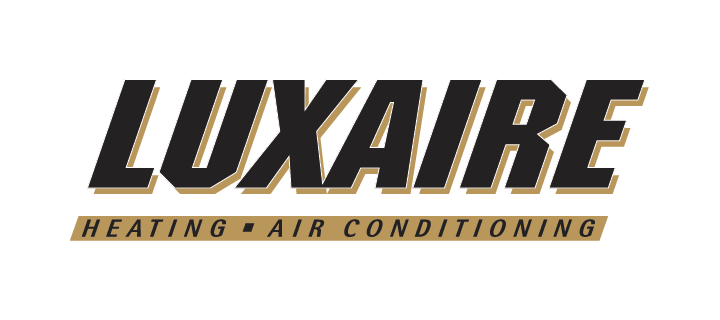






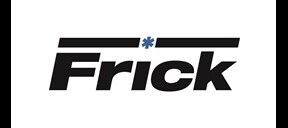
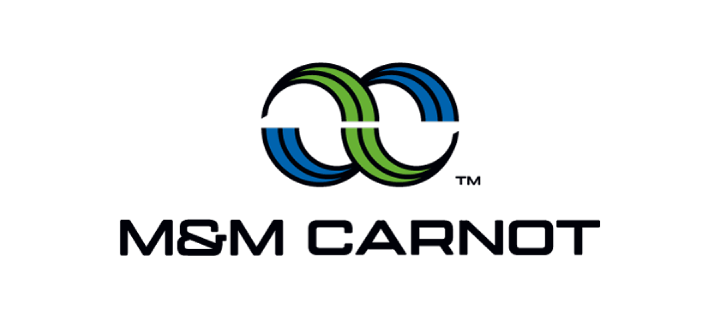


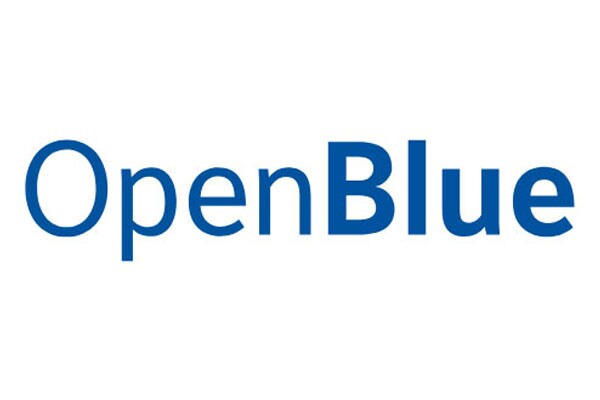
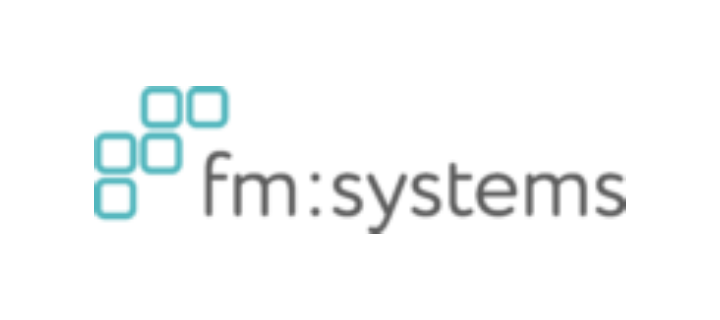
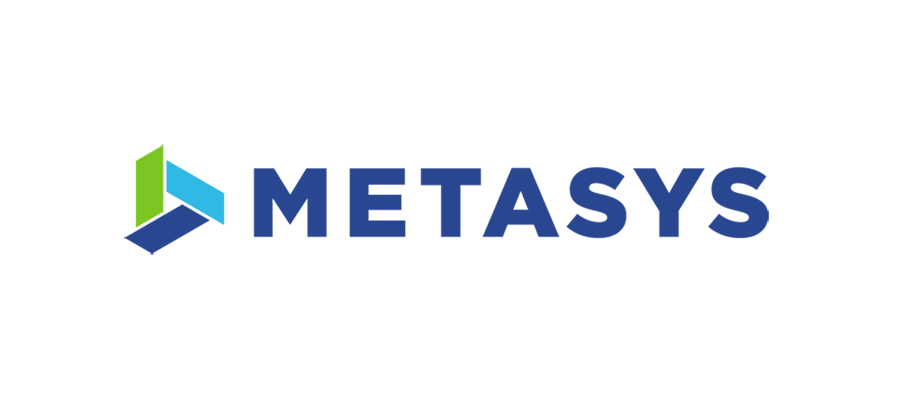


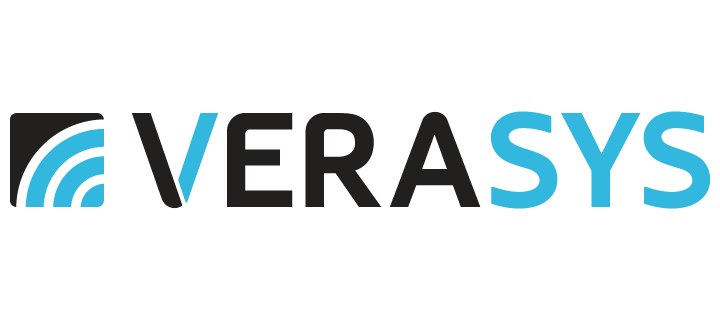



.png?la=en&h=70&w=157&hash=717A494A27ED61C45CEF95AC3A9C6309)
